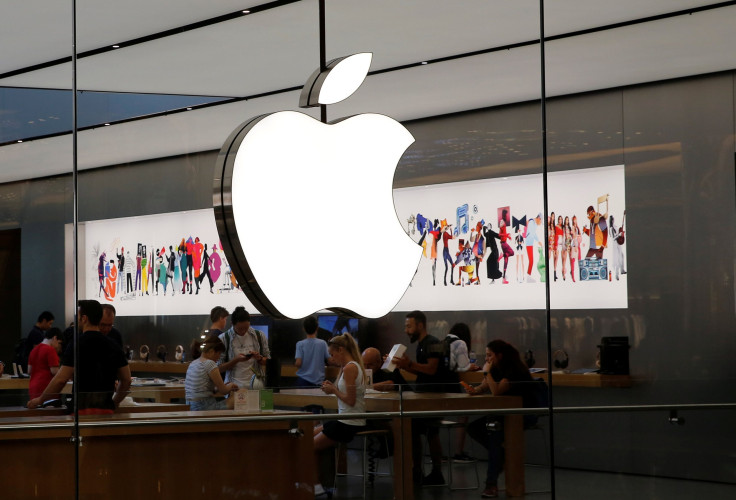Apple's Wearables Revenue Crosses $10 Billion

There's no denying that Apple (NASDAQ:AAPL) still generates the bulk of its revenue from sales of the iPhone, a now legendary product franchise in consumer electronics. The company, however, continues to try to cultivate new revenue streams through the introduction of other product categories. And in recent years, it has become a major player in the wearables market.
This article originally appeared in the Motley Fool.
In 2015, Apple launched its take on the smartwatch, known as the Apple Watch. This product, as CFO Luca Maestri says, "continues to be the best selling smartwatch by a wide margin."
Those wearable efforts aren't just limited to the Apple Watch, either. Per CEO Tim Cook, the company counts sales of its Beats products (the tech titan acquired headphone maker Beats Electronics in May 2014) as well as those of its popular AirPods wireless earbuds as wearables revenue, too.
During Apple's most recent earnings call, Cook told investors that "our wearables revenue exceeded $10 billion over the last four quarters." The executive described this as a "truly remarkable accomplishment for a set of products that has only been in the market for a few years."
Let's take a closer look at how Apple's wearables business performed last quarter and what this means for investors.
Huge revenue growth
According to Cook, Apple's wearables revenue in the June quarter rose "over 60% year over year with growth accelerating from the March quarter." Back on the company's earnings call in April, Cook told investors that its wearables revenue was up "almost 50% year over year."
Within that, Cook said that Apple Watch "delivered record June quarter performance with growth in the mid-40% range." Maestri added during the call that Apple Watch "units and revenue grew dramatically during the quarter."
Given that Apple's wearables revenue grew by "over 60%", and Apple Watch revenue was up in the "mid-40% range," it stands to reason that AirPods and Beats sales, in aggregate, were up more than 60%.
Apple didn't provide specific growth figures for either AirPods or the Beats product line, but Maestri did say that its AirPods "continue to be a runaway success and we've been selling them as fast as we can make them since their launch a year-and-a-half ago."
Some business perspective
Between the fourth quarter of Apple's fiscal 2017 and the third quarter of the company's fiscal 2018, the company generated nearly $255.3 billion in revenue. This means that Apple's wearables business was good for around 4% of the top line over the last four quarters.
That might be relatively insignificant at the moment, but sales of these products are easily outpacing growth from the rest of the business (overall revenue growth of just 17% last quarter). Wearables are only growing in importance to overall business performance, and they take Apple one step further in its ongoing quest to diversify revenue away from the iPhone.
On top of that, Apple's wearables products help strengthen the company's product ecosystem and make it even more difficult for customers immersed in it to switch to competitors. The Apple Watch, for example, requires an iPhone to function. So an iPhone user that's also really happy with the Apple Watch may think twice before switching smartphone brands.
All told, the Apple wearables story is compelling, and investors should keep track of how this business does with each passing quarter.
Ashraf Eassa has no position in any of the stocks mentioned. The Motley Fool owns shares of and recommends Apple. The Motley Fool has the following options: long January 2020 $150 calls on Apple and short January 2020 $155 calls on Apple. The Motley Fool has a disclosure policy.





















